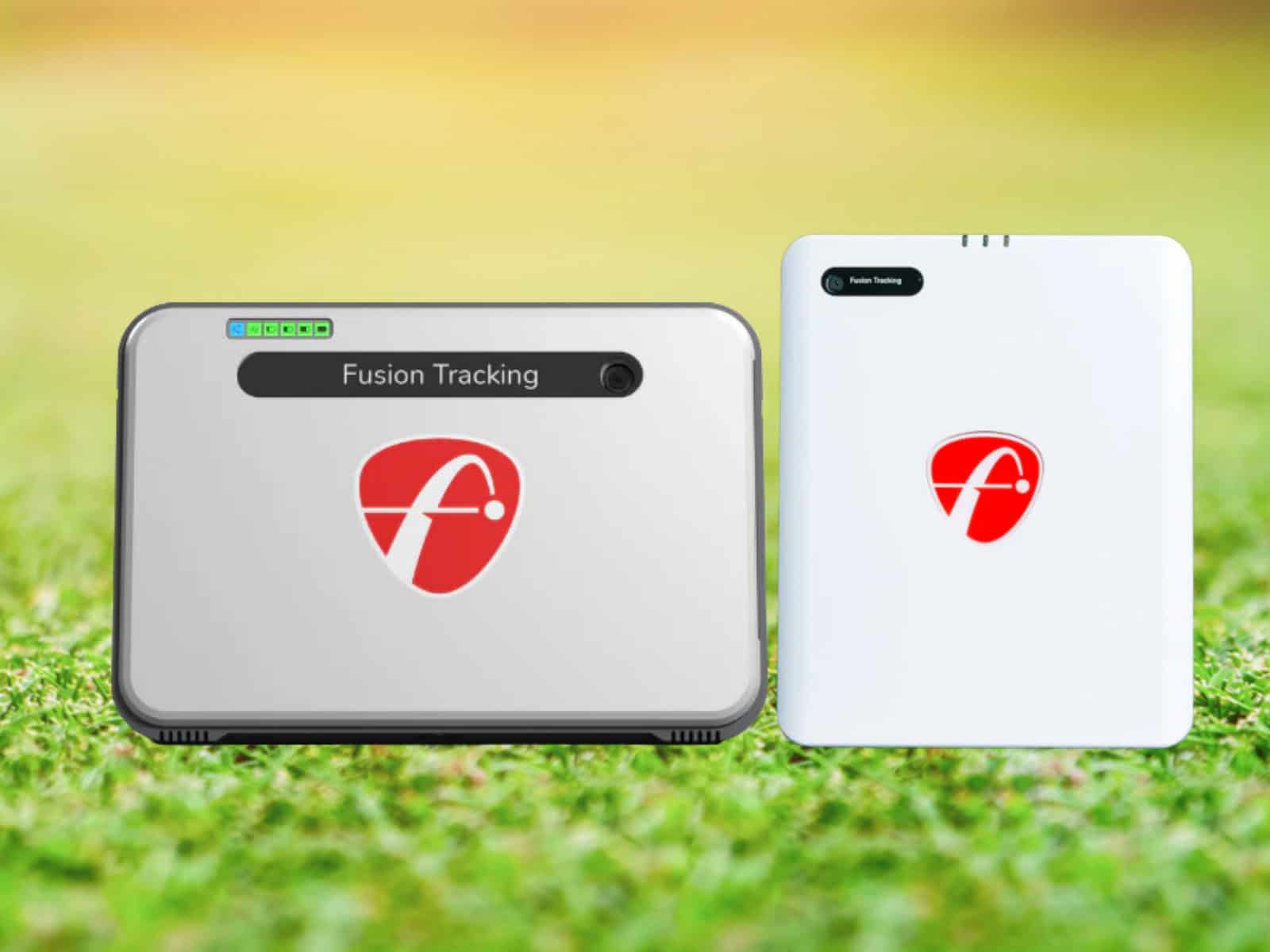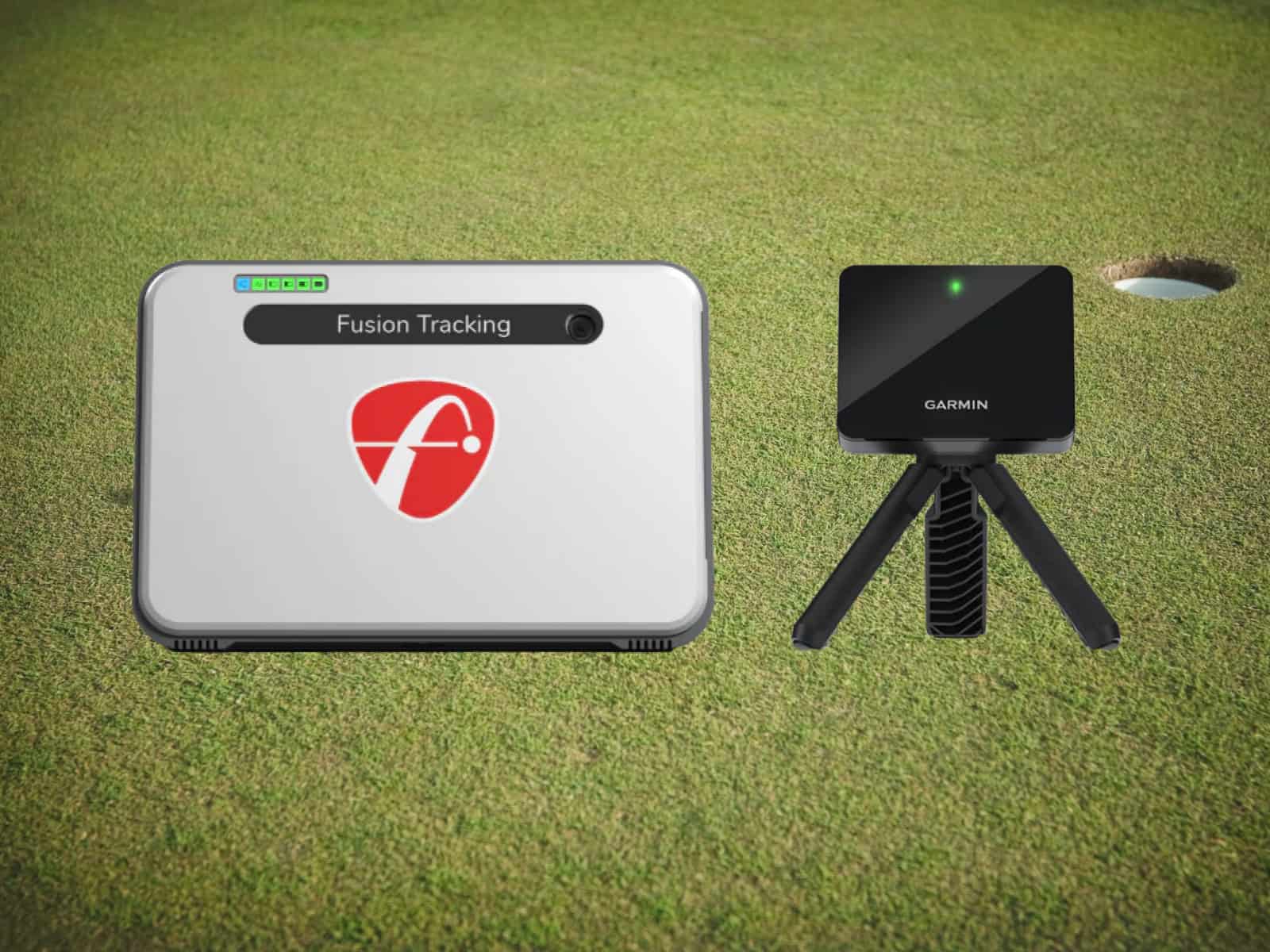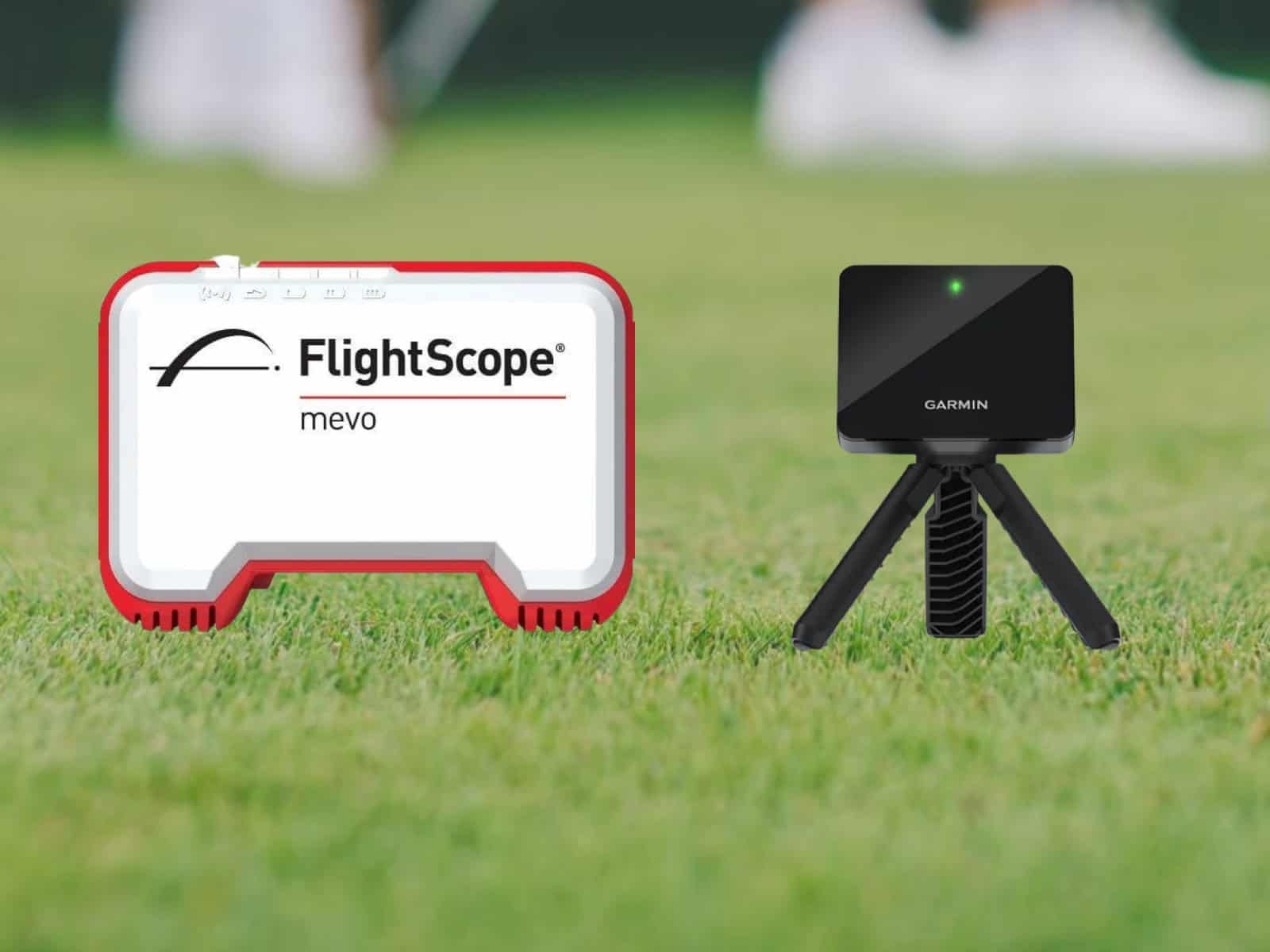Choosing between the Uneekor Eye Mini and the Foresight GC3 isn’t easy—especially when you’re dropping between $4,000 and $7,000. Both are portable, powerful and packed with tech. But one may fit your setup, goals and budget better than the other.
The two devices don’t just differ in price. They differ in how they track data, what software they play well with and how much they cost you over time.
This guide breaks down the real-world pros, cons and dealbreakers. Whether you’re building your dream home sim or need range-ready precision, you’ll walk away knowing exactly which launch monitor deserves a spot in your bag (or basement).
Eye Mini vs. GC3: Summary Table and Quick Verdict
Choosing between the Eye Mini and GC3 comes down to performance, features and how you plan to use the unit. Here’s a quick side-by-side to help you spot the differences fast.
Core Specs and Price Overview
| Feature | Foresight GC3 Essentials | Uneekor Eye Mini |
|---|---|---|
| Price | $6,999 | From $4,500 |
| Launch Monitor Type | Photometric (3 cameras) | Photometric (2 cameras) |
| Club Data | Included, no subscription | Requires Pro or Champion package |
| Ball Data Metrics | Full suite | Full suite (up to 19 metrics) |
| Putting Support | Yes (sim only) | Yes, with impact video |
| Display | Touchscreen | LCD push-button interface |
| Weight | 5 lbs | ~8 lbs |
| Battery Life | 5–7 hours | 5–6 hours |
| Built-in Screen | Yes | Yes |
| Software Bundled | FSX 2020, FSX Play (25 courses) | View, 5 courses (Refine optional) |
| 3rd Party Sim Support | Limited | GSPro, TGC2019, E6 Connect (w/sub) |
The GC3 comes fully loaded and ready to go. It’s lighter, simpler and nails accuracy straight out of the box. The Eye Mini, though, makes a strong case with its lower entry cost, swing video feedback and third-party sim flexibility.
Fast Verdict: Which Is Better for Whom?
Choose the GC3 if you:
- Need higher precision, especially in outdoor setups
- Want club and ball data without monthly fees
- Prefer a plug-and-play experience with polished software
Go with the Eye Mini if you:
- Plan to run GSPro or another third-party simulator
- Want to see your club impact through built-in video
- Are okay with subscriptions and want more control over budget
Tracking Technology & Accuracy Differences
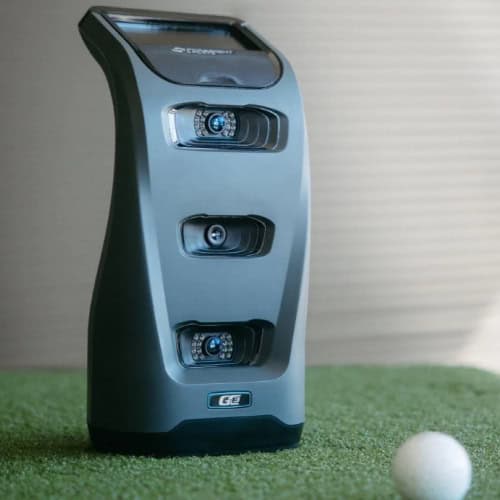
The GC3 uses a triscopic photometric system. Three high-speed cameras track the ball at impact using visible light. It captures data even in bright sun. No need for alignment tools—just point and play. This setup thrives outdoors.
The Eye Mini, on the other hand, relies on dual infrared cameras. It tracks both ball and club using invisible light, offering a more controlled environment indoors. But this setup demands specific ball placement and stickered clubs for full data. It’s precise, but picky.
Real-World Performance Analysis (Ball Speed, Carry, Club Speed)
Across multiple tests, both units performed within a few yards of each other on carry. But the GC3 consistently produced slightly higher ball speeds, especially with longer clubs. With a 7-iron, the Eye Mini averaged 4–5 yards shorter in carry. That might not sound like much, but in golf, those yards matter.
Club speed readings told a different story. The GC3 was stable and repeatable. The Eye Mini trailed by 2–4 mph and occasionally dipped lower with no swing change. Consistency is king here, and it’s where the GC3 pulls ahead.
Accuracy Testing Across Irons, Woods and Driver
During controlled testing, wedge and iron shots showed the tightest data gaps. Both units gave near-identical spin rates and launch angles. But once the longer sticks came out (hybrids, 3-woods, drivers), the Eye Mini began to show its limits.
Ball speed gaps widened. Club speed readings fluctuated. Smash factor readings dropped due to off estimates. The Eye Mini wasn’t wrong; it was just less consistent.
But despite the numbers, the Eye Mini still felt playable. It gave you “good enough” feedback to practice with purpose. You just had to know its quirks.
Data Metrics Comparison: What You Actually Get

It’s not just about how data is captured; it’s about what you get back. And more importantly, whether it helps you swing better, smarter and with purpose.
Ball Data: Spin, Launch Angle, Carry, Side Spin
Both launch monitors bring the full package when it comes to ball flight metrics. You’ll get:
- Ball speed
- Launch angle
- Total spin
- Backspin
- Sidespin
- Carry distance
- Side carry
- Vertical launch
- Horizontal launch
The GC3 consistently outputs clean, reliable ball speed numbers. It picks up the launch window beautifully, especially outdoors. You won’t find much drift in its spin rates, even with hybrids or longer clubs.
The Eye Mini gives you most of the same metrics but adds visual tools like real-time screen feedback and replay graphics. It’s great if you like seeing things as well as reading numbers. But keep in mind: slower ball speeds and slight inconsistencies tend to creep in with faster swings or poor contact.
Club Data: Club Path, Face Angle, Attack Angle

This is where things start to split. The GC3 delivers club data straight out of the box without upgrades or stickers—just solid readings like:
- Clubhead speed
- Club path
- Face angle
- Angle of attack
- Smash factor
- Dynamic loft
It’s direct, efficient and hands-off.
The Eye Mini requires stickers to unlock club metrics. It gives you the following:
- Club speed
- Path
- Face angle
- Attack angle
- Face-to-path
- Swing video via Club Optix
There’s a bonus here: impact video. You can see the moment of contact, frame by frame. It’s great for visual learners or anyone working on face control. That said, expect some calibration effort. When it’s right, it sings. When it’s off, things can get messy.
Software and Simulation Ecosystem
You don’t just buy a launch monitor. You buy into its ecosystem: apps, integrations and the software it plays nice with. This is where paths split fast.
GC3: FSX 2020, FSX Play and Paid Add-ons
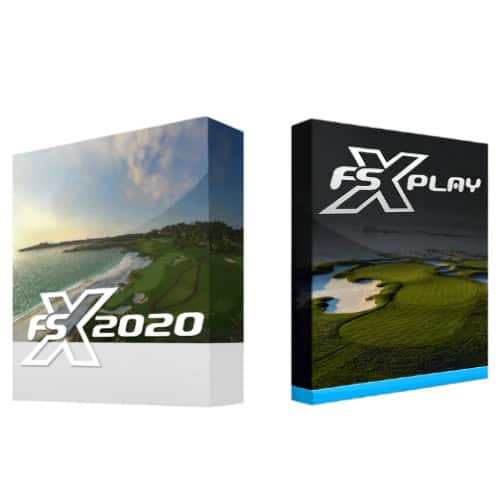
The GC3 comes bundled with FSX 2020 and FSX Play. These are polished, pro-level tools with deep data analysis and 25 built-in courses. FSX Play offers high-end graphics and smooth simulation, but you’ll need a strong gaming PC to run it well.
Add-ons are not cheap. Extra courses can run $150–$500 each. If you want FSX Pro for coaching, that’s more.
Eye Mini: View, Refine and GSPro Integration

The Eye Mini ships with Uneekor View, a solid range software with video replay and club/ball data overlays. You also get Refine, a basic simulator that’s serviceable but clunky.
Here’s where it shines: GSPro. With the right subscription, the Eye Mini hooks right into one of the best third-party sim tools available, wit clean ball physics, stunning visuals and a huge course library, for a fraction of FSX’s price.
If you’re curious about how this launch monitor performs in real-world setups and whether it justifies its price tag, check out our detailed review of Uneekor EYE Mini launch monitor.
Third-Party Compatibility and Subscription Tiers
The GC3 isn’t built for outside tools. There’s no official GSPro support, and integration workarounds are messy. The Eye Mini leans into third-party access (GSPro, TGC2019, E6 Connect) all on the table with a $199+/yr add-on.
But subscriptions stack up. If you want swing history, multi-user access and full sim features, you’ll need the Champion tier at $399/year.
Hardware, Setup & Ease of Use
The GC3 is compact (just 5 lbs) and comes with a built-in handle. It’s easy to grab and go. The casing feels solid. Nothing rattles. It’s made for the long haul.
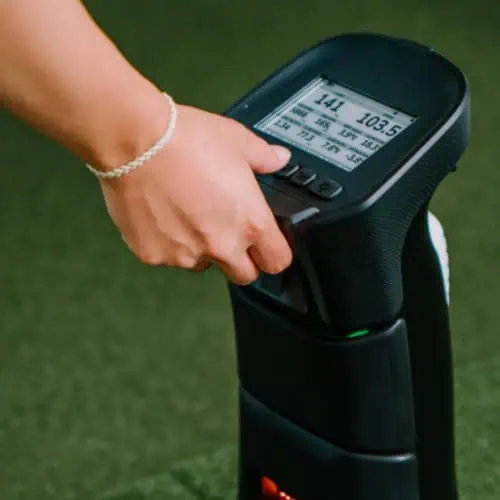
The Eye Mini is heavier at nearly 8 lbs. It’s taller too, and bulkier. The body is sturdy, but its size might be a dealbreaker if you’re tight on space.
Interface: Touchscreen vs. E-Ink
The GC3 features a small touchscreen that’s quick and responsive. You can check data, change modes or adjust settings without reaching for your phone or laptop.
The Eye Mini uses a push-button e-ink screen. It’s not as sleek, but it’s ultra-readable, even in direct sunlight. Still, navigating menus can feel clunky if you’re used to swiping.
Portability, Battery Life and Outdoor Visibility
Both units have internal batteries. The GC3 runs 5–7 hours and the Eye Mini averages 5–6. Good enough for a full session, maybe two.
Outdoors, the GC3 display gets washed out in sunlight. You’ll be squinting. The Eye Mini’s e-ink stays sharp and visible. That’s a small win that feels big when you’re under the sun.
However, the Eye Mini’s bulk plus sticker setup means it’s not exactly grab-and-go. So, is visibility worth the extra effort? Or would you trade that for a cleaner, lighter ride?
Cost of Ownership and Long-Term Value

The GC3 starts at $6,999. That price includes full ball and club data, FSX 2020, FSX Play, and 25 courses. No recurring fees required. It’s expensive, but it’s complete.
The Eye Mini starts at $4,500. You’ll get core ball and club data plus Uneekor’s View software. But to unlock its full potential, (third-party sim access, session history, multi-user support) you’ll need a subscription.
Subscription Requirements and Software Costs
The GC3 is mostly pay-once. Add-ons like FSX Pro or extra courses can raise the bill, but they’re optional.
The Eye Mini runs on annual tiers:
- $199/year: Pro package for GSPro, cloud storage, swing history
- $399/year: Champion tier for 50 users, 500 sessions and Refine+ sim
If you skip the sub, you lose third-party support. And that changes everything.
Resale Value and Upgrade Path
The GC3 holds value better. There’s demand, and resale prices stay strong. Its “no sub needed” model makes it plug-and-play for buyers.
The Eye Mini’s resale depends on software access. If it’s tied to your account, the next buyer starts from scratch, unless Uneekor transfers the license.
Where to Buy?
When you’re ready to make a purchase, it’s important to choose a retailer that offers competitive pricing, excellent customer service, and reliable shipping options. Here are some of the best places to buy your Uneekor Eye Mini or Foresight GC3:
Rain or Shine Golf
Rain or Shine Golf is known for its exceptional customer service and fast shipping. They specialize in golf simulators and launch monitors, so you can trust they have the expertise to guide you through the buying process.
Shop Indoor Golf
Shop Indoor Golf offers a comprehensive selection of golf technology, including both the Eye Mini and GC3. Their website is user-friendly, making it easy to compare options.
Top Shelf Golf
Top Shelf Golf is a great option for golfers who are serious about upgrading their setup. They carry a range of launch monitors and golf simulators, and their team offers personalized advice tailored to your specific needs. Top Shelf Golf is known for its competitive prices and customer-first approach.
Carl’s Place
Carl’s Place has been a trusted name in the golf simulation industry for years. They offer both the Eye Mini and GC3, and their products come with detailed setup guides. Their customer service is highly rated, and they often provide free shipping and warranties on their products, ensuring a smooth purchase and delivery experience.
Frequently Asked Questions
If you’re still undecided or have specific questions about how these launch monitors perform, here are some answers to the most common queries.
What are the biggest ball speed differences between Eye Mini and GC3?
The GC3 consistently shows faster ball speeds, particularly on longer clubs like drivers. The Eye Mini is usually 1–4 mph slower, depending on the club and swing conditions.
Can I use either device without any subscriptions?
You can use both the GC3 and Eye Mini without subscriptions, but their capabilities are limited. The GC3 offers full functionality out of the box, while the Eye Mini requires a subscription for third-party sim access and additional features.
Which device has better putting analysis features?
The Eye Mini has a unique edge with its putting mode, providing video feedback on putter impact. The GC3 offers putting support in simulations but lacks the advanced video feedback that the Eye Mini offers.
Is the Eye Mini’s camera system less accurate with longer clubs?
Yes, the Eye Mini tends to show more variation with longer clubs. Its infrared camera system isn’t as effective in tracking higher-speed shots, which can affect accuracy, particularly with drivers or fairway woods.
Can I use both Eye Mini and GC3 in the same simulator bay without interference?
Yes, both devices can be used in the same space, but they may require some careful setup. Ensure they are properly aligned to avoid interference, especially if using them side by side in a tightly packed simulator bay.
Final Verdict: Which One Should You Buy?
The choice between the Eye Mini and GC3 ultimately comes down to your priorities and how you plan to use it.
If you’re looking for flexibility, the Eye Mini offers excellent GSPro compatibility, swing video and third-party sim support at a lower price. However, it requires subscriptions for full functionality and some setup effort.
On the other hand, if you value accuracy, ease of use and no ongoing costs, the GC3 is the better option. It provides reliable performance indoors and outdoors without the hassle of additional fees or complex setup.
If you want a reliable, simple option with no strings attached, the GC3 is the clear winner. For a deeper breakdown of its features, check our detailed GC3 Launch Monitor review. However, if you’re willing to invest a little more time in setup and enjoy a more customizable experience, the Eye Mini offers great value, especially if you’re building a home sim with GSPro.



